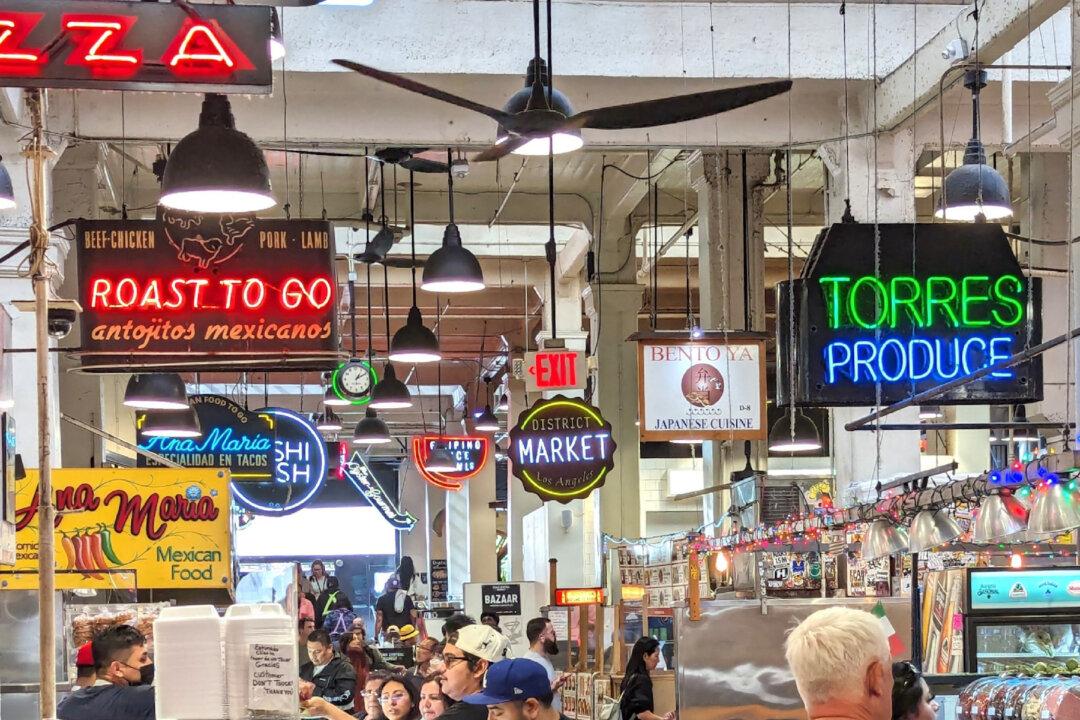Hungarian wines could have been a household word today, but two world wars and 40 years under communist rule forced a major pause on this once-formidable wine-producing country.
“Wines from Hungary were considered the best in the world!” a wine store owner excitedly replied when I inquired whether he carried any. He didn’t that day, because Hungarian wines in the United States are hard to come by.
A look at the world map shows that Hungary in central Europe is about the size of the state of New York and shares the same viniculture-friendly latitude and Mediterranean climate with Austria, Switzerland, and France to its west. Historical records indicate that Hungarians began making wine before the Romans. Its acclaimed Tokaji Aszu dessert wine comes from Tokaj, the oldest classified wine region in the world and a UNESCO World Heritage Site. It was a favorite of King Louis the 14th of France, who called it the “wine of kings, king of wines.”
During communist Hungary, the largest wine-producing country in the Eastern Bloc, exported huge amounts of wine to the Soviet Union, which was more interested in quantity than quality. When communism ended in 1989, land was returned to its rightful owners, including winemaking families and others keen on being a part of Hungary’s winemaking renaissance. The late 1990s marked the rebirth of fine winemaking throughout the country.





